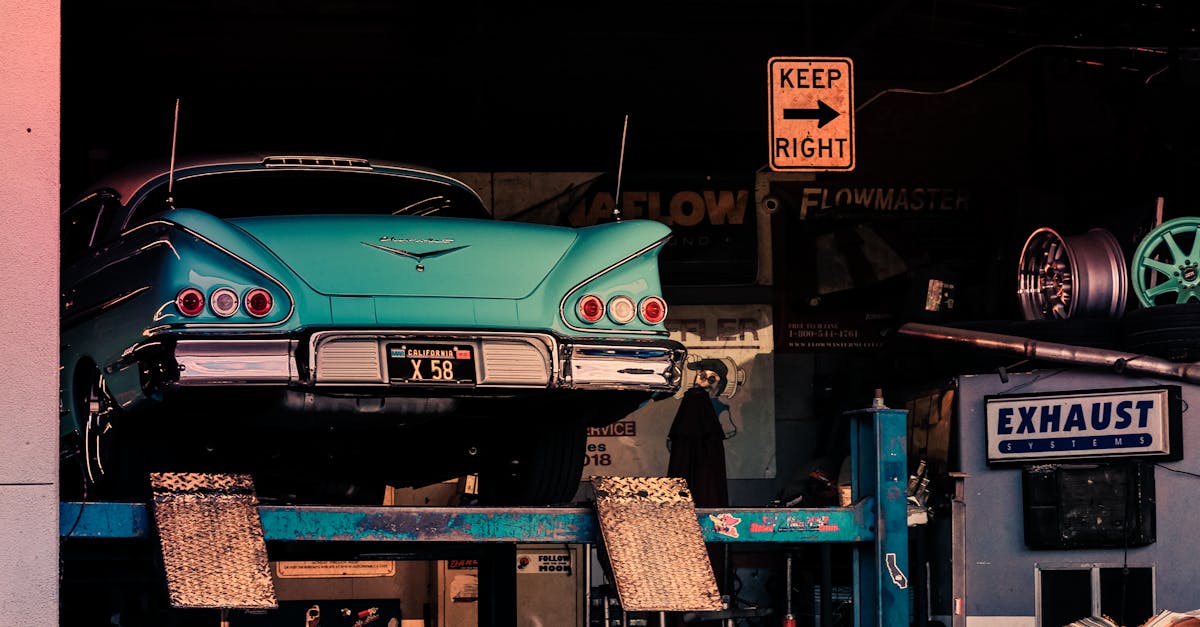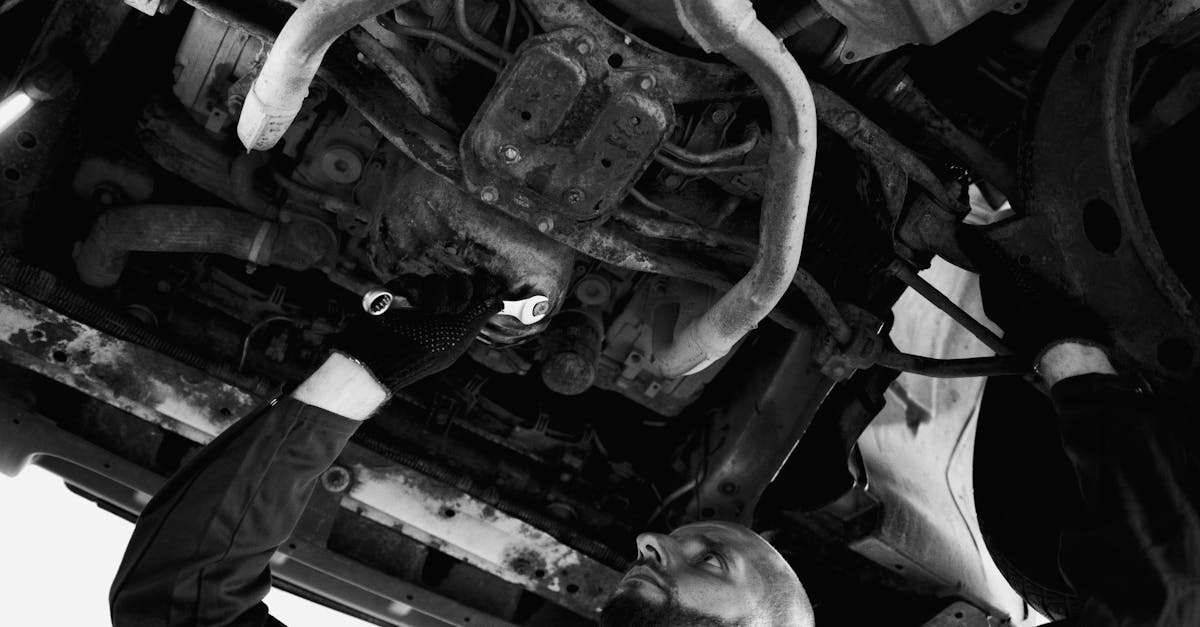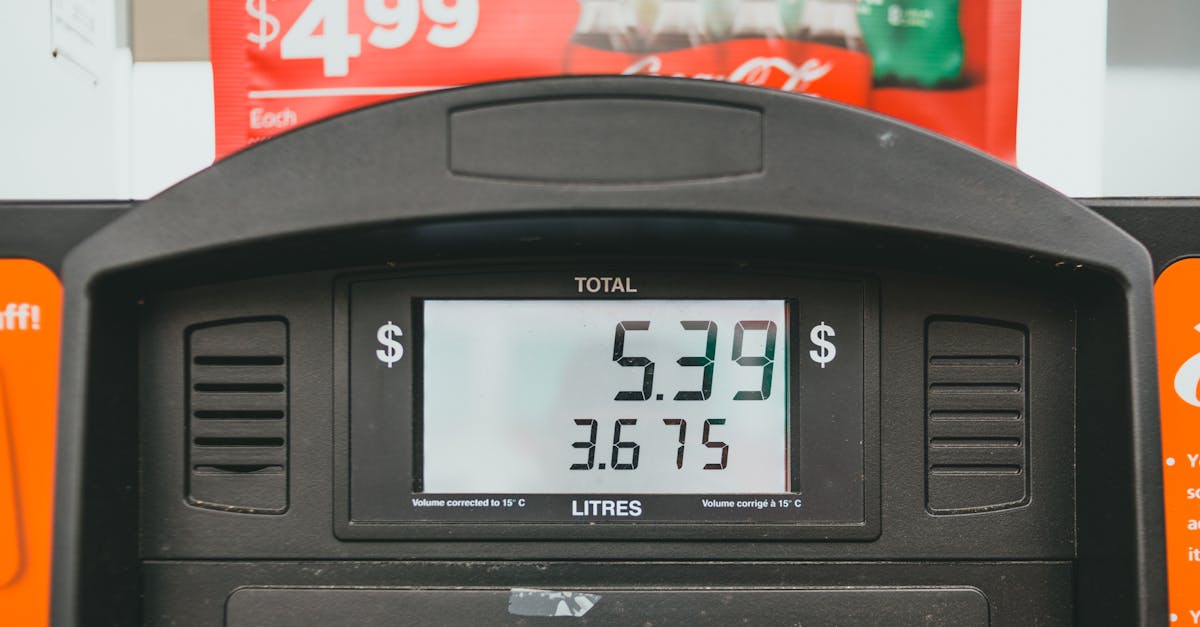The Ultimate Guide to Motorcycle Safety
Introduction
Motorcycle riding offers a thrilling experience, a sense of freedom and adventure that is unmatched by other forms of transportation. However, safety is paramount to ensuring both enjoyment and longevity in your riding journey. Adhering to motorcycle safety measures can reduce accidents and safeguard riders on the open road. 
Advertisement
Wear Proper Protective Gear
One of the foundational elements of motorcycle safety is wearing the right protective gear. This includes a DOT-approved helmet, which is vital for head protection. Riders should also wear gloves, a jacket, pants, and boots designed for motorcycle use to minimize injuries in case of a fall. Finding gear with reflective elements is beneficial for increasing visibility, especially during nighttime riding.
Advertisement
Perform Pre-Ride Inspections
A thorough inspection of your motorcycle before each ride can prevent unexpected breakdowns and enhance safety. Check tire pressure and tread, test lights and signals, and inspect the brakes and fluid levels. Ensure that the bike's mirrors are aligned correctly and that the controls function smoothly. This routine check takes only a few minutes, yet it can make a significant difference in ensuring a safe ride.
Advertisement
Understand and Follow Traffic Laws
Riding a motorcycle requires full comprehension and adherence to local traffic laws. Observing speed limits, stopping at red lights, and yielding the right-of-way are basic rules that contribute to safety. Familiarize yourself with lane-splitting laws in your region and always use signals when changing lanes or turning. Being predictable and respecting the rules of the road help create safer driving conditions for all.
Advertisement
Practice Defensive Riding
Defensive riding involves being aware of your surroundings and anticipating potential hazards. Keep a safe distance from vehicles, avoid blind spots, and be prepared for sudden stops. Always have an escape route in mind, whether it's maneuvering to the side or slowing down. Keeping your focus on the road without becoming distracted by gadgets increases your chances of reacting promptly to unforeseen events.
Advertisement
Train and Enhance Riding Skills
Motorcyclists can benefit significantly from professional training courses that enhance riding skills. Courses cover vital aspects such as emergency braking, cornering techniques, and road hazard management. Continuous improvement and practice can make a difference in handling tricky situations with confidence and finesse. Consider advanced training to refine your existing skills further.
Advertisement
Ride within Your Limits
Every rider should know their own limits and ride accordingly. Overconfidence can lead to reckless riding, which is a major factor in accidents. Whether it's your bike's speed capabilities or your own physical abilities, acknowledging and respecting boundaries is key. Start by riding on familiar roads and gradually take longer or more challenging routes when you feel ready.
Advertisement
Prepare for Various Weather Conditions
Weather can drastically alter riding conditions, so it's crucial to be prepared. Wet or icy roads require slower speeds and more caution. If the forecast predicts inclement weather, adjust your travel plans if necessary. Equipping your bike with weather-appropriate accessories, and wearing suitable gear, ensures that you're protected against sudden changes in the environment.
Advertisement
Stay Visible to Other Motorists
Visibility is a crucial factor in motorcycle safety, as motorcycles can be more challenging to spot than cars. Wear brightly colored or reflective clothing, keep your headlights on, and avoid lingering in blind spots. Using lane positioning strategically can make you more visible to drivers ahead and behind, enhancing your presence on the road.
Advertisement
Conclusion
In summary, prioritizing motorcycle safety is essential for both enjoyment and protection. By wearing appropriate gear, maintaining your bike, and practicing defensive riding, you foster safer travel experiences. Continue to develop your skills and stay alert, ensuring that every ride is a thrilling yet safe adventure.
Advertisement








